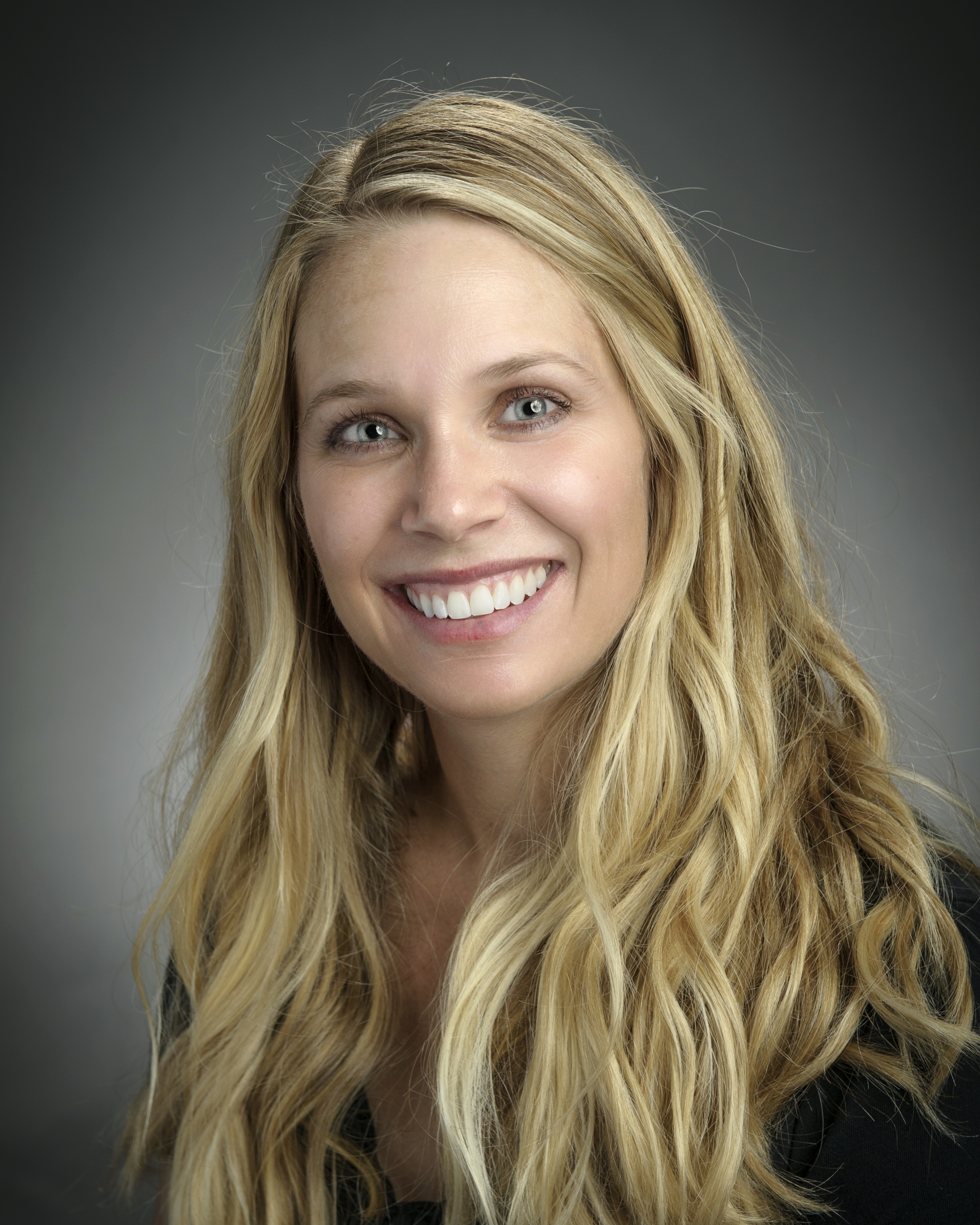Funding Model Worksheet
Funding Model Worksheet – April 20, 2017
Draft for Discussion Montana CHW Policy and Reimbursement Committee
|
Funding / Reimbursement Model
|
Brief Description
|
Example
|
Available in Montana?
|
Recommended / Study More / Not Viable
|
|---|---|---|---|---|
|
State Approved Medicaid Reimbursement for CHW Services
|
CHW’s who meet state’s requirements for certification are eligible for reimbursement
for medically related services under Medicaid, billed through enrolled billing provider
|
reimbursement for medically related services under Medicaid, billed through enrolled
billing provider Minnesota: Minnesota Department of Human Services Provider Manual,
which includes the most up-to-date information on enrollment and reimbursement for
CHWs. Completion of the MN CHW Curriculum is required
|
No
|
|
|
Government Agency and Foundation Grants and Contracts
|
Various grant sources (Foundations, HRSA, CMS, CDC, PCORI) provide funding for CHW
services specifically or as a component of a larger project
|
Mountain Pacific Quality Health Foundation’s ReSource Teams (1), working with complex
patients. MT Healthcare Research and Education Foundation Care Coordination Pilot
Project (2) with CAHs.
|
Yes
|
|
|
State and Local General Funds
|
Government general funds are used to provide support for CHW programs that may not
be supported by other funding mechanisms
|
Kentucky Homeplace (3) appropriation developed by the University of Kentucky Center
for Excellence in Rural Health, funded by the Kentucky General Assembly
|
Would require more analysis of CHW type services provided by DPHHS or local PH departments
|
|
|
Insurance
|
Under this model, CHW services could be included in the benefit
package offered by companies to their employees; as a method of managing care among enrollees; as a reimbursable service by providers in the network; or through PMPM to provider groups. |
Models for consideration in Medicaid Managed Care, such as New Mexico through Molina
Healthcare, Inc. (4)
|
Would require
more input from payers |
|
|
General Operating/
Administrative Funds |
Under this model, CHWs can be either directly employed by private organizations such
as health plans and hospitals or indirectly through a contract with clinics or community-based
organizations.
|
Both large (Mayo Clinic (5), Johns Hopkins (6)) and small (MT CAHs (2)) have employed CHWs through internal funds or as a community benefit. Some insurance companies employ CHWs to assist enrollees with access to care. HRET published a report in Feb 2017 (7). |
Yes
|
|
|
Patient-Centered Medical
Homes (PCMH)/Health Care Home |
PCMH is a certification that a healthcare organization is providing care that is comprehensive,
coordinated, accessible, and committed to quality and safety. Many PCMHs utilize
CHWs to achieve these goals and to be eligible for enhanced payments, often PMPM care
coordination funding.
|
Clinics participating in the Idaho’s State Health Improvement Plan (SHIP) |
Yes/Maybe – the CSI PCMH website identifies 66 clinics around the state qualified
as a PCMH. We do not have information on which of those may be using CHWs.
|
|
|
Accountable Care
Organizations (ACO) |
An ACO is a network of doctors and hospitals that shares financial and medical responsibility for providing coordinated care to patients in homes of limiting unnecessary spending. When an ACO succeeds both in delivering high-quality care and spending healthcare dollars more wisely, it will share in the savings it achieves for the Medicare program. CHWs area an option for achieving ACO goals. |
The National Rural ACO has nearly 30 members in Montana (9); Billings Clinic is an ACO (10). Nationally, there are ACOs that utilize CHWs in their care coordination teams such as the Henry Ford Health System (11). It appears that organizations with previous CHW experience have the best expertise in utilizing CHWs in the ACO model. |
maybe?
|
|
|
Comprehensive Primary
Care Plus (CPC+) in Montana |
Montana was selected to be one of only 14 locations across the country to join the Comprehensive Primary Care Plus (CPC+) model. CPC+, the largest-ever initiative of its kind, is a 5 year, multi-payer initiative to invest in high-quality primary care, which is critical to promoting health and reducing overall healthcare costs. CPC+ will pay a Care Management Fee (CMF): a non-visit-based CMF paid per-beneficiary-per month (PBPM) |
The model is very new – but CHWs could be integrated into the Comprehensive Primary Care Functions: 1) Access and Continuity; 2) Care Management; 3) Comprehensiveness and Coordination; 4) Patient and Caregiver Engagement; and 5) Planned Care and Population Health |
Not yet? (See Connecticut (12) and the Leavitt paper (13) |
|
- Mountain Pacific Quality Health Foundation Resource Teams
- Montana Health Research and Education Foundation (MHREF) Frontier Care Coordination Pilot Project
- Kentucky Homeplace
- New Mexico
- Mayo Clinic
- Johns Hopkins
- Health Research and Education Trust Report
- Idaho SHIP and CHWs
- National Rural ACO
- Billings Clinic ACO
- Henry Ford Community Health Workers
- Connecticut CHW Advisory Committee
- Regulatory Framework for CHWs (Leavitt)
For a comprehensive overview of CHW’s and state health policy: The Association of State and Territorial Health Officials has developed a webpage that contains resources for state health agencies on the use of non-licensed providers such as Community Health Workers (CHWs), including resources related to financing, certification and licensure, and examples of work in states to support CHWs.

